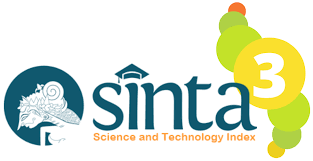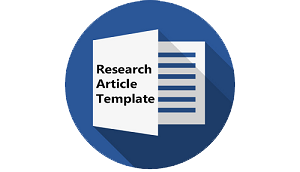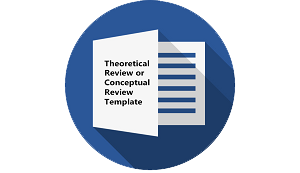Speech Act Classification and Request Strategy in “Tall Girl†Movie Directed by Nzingha Stewart
DOI:
https://doi.org/10.30957/lingua.v17i1.622Keywords:
speech act, request strategyAbstract
The research is aimed to find out the speech act classification and types of request strategy from a dialogue of the characters in Tall Girl movie. The method of this study is descriptive qualitative analysis. Data is taken out of all dialogues of the characters and is observed by using theories. In this analysis, the writers found the speech Act Classification and Types of Request Strategy in the Speech Act. The speech act is classified in declaration, representatives, directives, commissives, and expressive. Directives served the dominant form among the five types of illocutionary act mostly expressed their utterance. And as request strategy is typed in mood derivable, explicit performative, hedged performative, locution derivable, want statement, suggestive formula and preparatory. Mood derivable served the dominant form among the other types to deliver their willingness.
Downloads
References
Boggs, J. M., & Petrie, D. W. (2008). The Art of Watching Films. In Structure. Retrieved from http://eric.ed.gov/ERICWebPortal/recordDetail?accno=ED398157
Halliday, M. A. K. (2006). On Language and Linguistic (1st ed.; J. Webster, Ed.). London: Continuum.
Inayah Kurnia. (2017). The Article Introduction To Linguistic. Universitas Diponegoro Semarang.
Justová, V. (2006). Direct and indirect speech acts in English. 1–45.
Katz, M. H. (2015). Politeness theory and the classification of speech acts. Working Papers of the Linguistic Circle of the University of Victoria, 25(2), 45–55.
Korta, K., & Perry, J. (2019). Pragmatics. Retrieved from Standford Encyclopedia of Philosophy website: https://plato.stanford.edu/entries/pragmatics/
Kracht, M. (2009). Compositionality: the very idea. 1–26.
Mahmood, R. K. (2017). Pragmatics between Microlinguistic and Macrolinguistic Levels of analysis. Global Journal of Foreign Language Teaching, 6(3), 127. https://doi.org/10.18844/gjflt.v6i3.1659
Nordquist, R. (2019). Speect Acts in Linguistic. Retrieved from ThoughtCo. website: https://www.thoughtco.com/speech-act-linguistics-1692119
Oxford. (2020). US Dictionary. Retrieved from Lexico website: https://www.lexico.com/en/definition/microlinguistics
Pradiyan Hendi Yulianto. (2013). Request Strategies Used in Twilight Novel by Stephenie Meyer (A Pragmatif Approach). Muhammadiyah University of Surakarta.
Rangga, A., Nalendra, A., Wulandari, A., Khoirunnada, M., & Susanti, I. D. (2018). AN ANALYSIS OF ADDRESSING TERM IN USED IN THE LOVE. XIII(2), 9–16.
Sari, D. R. (2017). request strategies in Pride and Prejudice movie. Jurnal KATA, 1(1), 24. https://doi.org/10.22216/jk.v1i1.1746
Silalahi, P. V. (2016). A Highlight on Pragmatics. Universitas 17 Agustus 1945 Surabaya, 16(01), 83–92.
Tanriverdi, B. (2007). Film Analysis through Linguistic Base. Online Submission.
Tröhler, M. (2018). 1. Christian Metz and Film Semiology Dynamics within and on the Edges of the ‘Model’: An Introduction. In Christian Metz and the Codes of Cinema. https://doi.org/10.1515/9789048527564-003
Downloads
Published
How to Cite
Issue
Section
License
Authors who publish with this journal agree to the following terms:
- Authors retain copyright and grant the journal right of first publication with the work simultaneously licensed under a Creative Commons Attribution-ShareAlike 4.0 International License that allows others to share the work with an acknowledgement of the work's authorship and initial publication in this journal.
- Authors are able to enter into separate, additional contractual arrangements for the non-exclusive distribution of the journal's published version of the work (e.g., post it to an institutional repository or publish it in a book), with an acknowledgement of its initial publication in this journal.
- Authors are permitted and encouraged to post their work online (e.g., in institutional repositories or on their website) prior to and during the submission process, as it can lead to productive exchanges, as well as earlier and greater citation of published work (See The Effect of Open Access).















